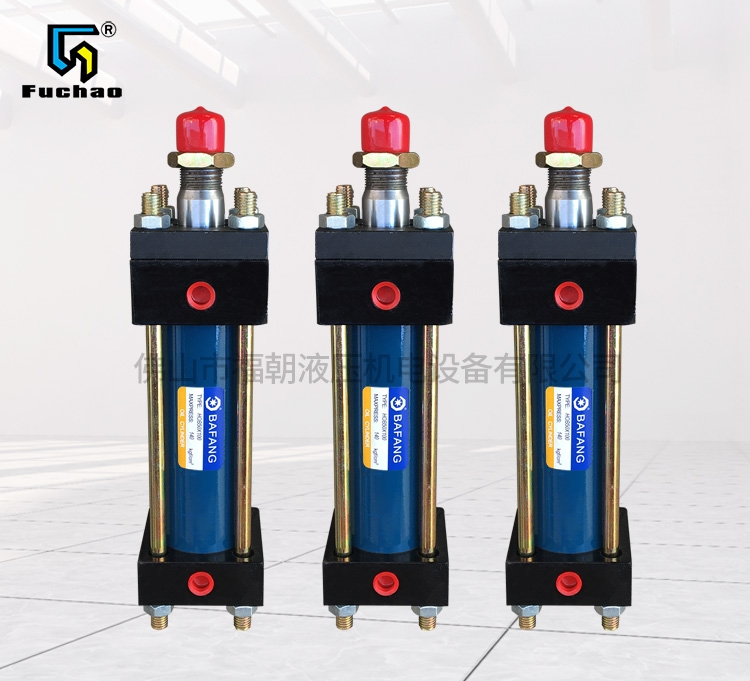Repair of worn cylinder barrel, piston and piston rod or groove
1) When repairing, measure the inner diameter, outer diameter and roundness. If the inner hole of the cylinder barrel is seriously worn, the grinding mandrel can be used for grinding or honing on the boring machine for repair; If the outer circle of the piston is worn, it can be repaired by electroplating. If it is worn seriously, it should be replaced. If the piston rod is worn, brush plating can be carried out first, then grinding can be carried out, and then the matching accuracy of the piston rod and the guide sleeve can be adjusted. At this time, the guide sleeve can be properly reamed or re turned. When carrying out the above repairs, remember to replace various rubber seals in time.
2) When the piston rod has a groove or other hard damage, it can be repaired by brush plating or welding. During repair welding, the piston rod shall be placed stably, the oil stain shall be cleaned with acid water, and then a piece of red copper plate (2 mm thick) shall be bent into the shape shown in Figure 4-24. The size and shape of its welding opening shall be cut according to the actual needs, and it shall be clamped on the piston rod with screws, and the adjacent places shall be blocked with insulating materials before repair welding can be started. Grinding is required after welding.

Welding repair protective cover
1 Red copper cover 2 Fastening screw 3 Welding opening
3) Brush plating repair process. ① Electric cleaning: TGY-1 # electric cleaning fluid is selected, the piston rod is connected to the negative pole of the power supply (positive connection), energized, with a voltage of 10-14V and a time of 10-30s. The purpose of electrocleaning is to remove the oil film on the surface. After electric cleaning, flush the residual liquid on the piston rod surface with tap water. ② Activation: select THY-5 # activation solution, connect the piston rod to the positive pole of the power supply (reverse connection), power on, voltage l2~l5V, time 10~30s; The piston rod is connected to the negative pole of the power supply (positive connection), energized, the voltage is l0~l2 V, and the time is l0~20s. At this time, the surface of the piston rod is silver gray. The purpose of activation is to remove the oxide film on the piston rod surface. ③ Brush plating bottom layer: plating special nickel (TDY101), wiping without electricity for 3~5s. The piston rod is connected to the negative pole of the power supply (positive connection), energized, and the voltage is l5~l8v. The relative movement speed of the cathode and anode is 10-15 m/min. Plating Thickness δ= two μ m。④ Brush plating working layer: select fast nickel (TDY102) and wipe it for 3~5s without electricity. The piston rod is connected to the positive pole of the power supply (reverse connection), energized, and the voltage is l5V. The relative movement speed of cathode and anode is 12~15m/min to eliminate stress and improve strength. When the damage is filled, polish the surface with metallographic sandpaper and oilstone, and test with sample plate. ⑤ Brush plating working layer: the piston rod is connected to the positive pole of the power supply (reverse connection), energized, and the voltage is 15V. The relative movement speed of cathode and anode is l2-15m/min. Chromium plated gold, plating thickness δ= 2~5 μ m。⑥ Polishing: polish the brush plated part with polishing wheel set to make its surface roughness reach Ra=0.4 μ m. The dimensional accuracy meets the requirements.



